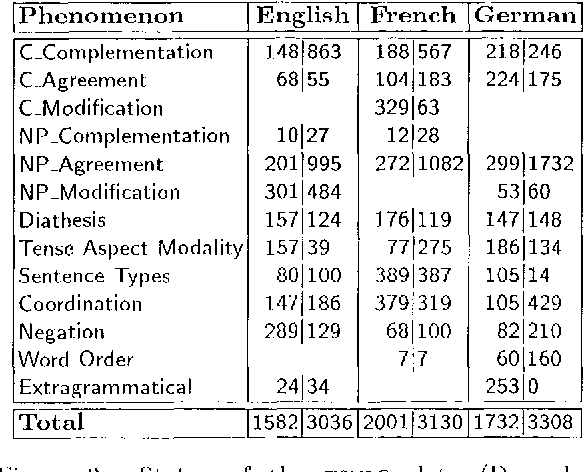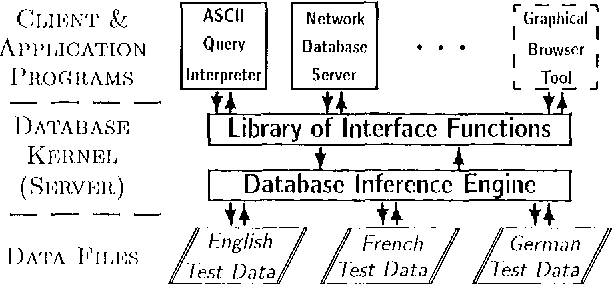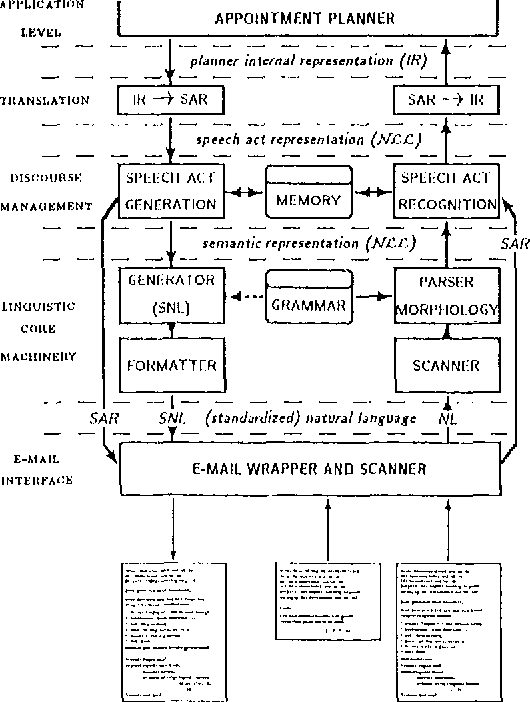Klaus Netter
DFKI
TSNLP - Test Suites for Natural Language Processing
Jul 15, 1996

Abstract:The TSNLP project has investigated various aspects of the construction, maintenance and application of systematic test suites as diagnostic and evaluation tools for NLP applications. The paper summarizes the motivation and main results of the project: besides the solid methodological foundation, TSNLP has produced substantial multi-purpose and multi-user test suites for three European languages together with a set of specialized tools that facilitate the construction, extension, maintenance, retrieval, and customization of the test data. As TSNLP results, including the data and technology, are made publicly available, the project presents a valuable linguistic resourc e that has the potential of providing a wide-spread pre-standard diagnostic and evaluation tool for both developers and users of NLP applications.
Report of the Study Group on Assessment and Evaluation
Jan 18, 1996Abstract:This is an interim report discussing possible guidelines for the assessment and evaluation of projects developing speech and language systems. It was prepared at the request of the European Commission DG XIII by an ad hoc study group, and is now being made available in the form in which it was submitted to the Commission. However, the report is not an official European Commission document, and does not reflect European Commission policy, official or otherwise. After a discussion of terminology, the report focusses on combining user-centred and technology-centred assessment, and on how meaningful comparisons can be made of a variety of systems performing different tasks for different domains. The report outlines the kind of infra-structure that might be required to support comparative assessment and evaluation of heterogenous projects, and also the results of a questionnaire concerning different approaches to evaluation.
Compilation of HPSG to TAG
May 03, 1995Abstract:We present an implemented compilation algorithm that translates HPSG into lexicalized feature-based TAG, relating concepts of the two theories. While HPSG has a more elaborated principle-based theory of possible phrase structures, TAG provides the means to represent lexicalized structures more explicitly. Our objectives are met by giving clear definitions that determine the projection of structures from the lexicon, and identify maximal projections, auxiliary trees and foot nodes.
DISCO---An HPSG-based NLP System and its Application for Appointment Scheduling
Jun 30, 1994
Abstract:The natural language system DISCO is described. It combines o a powerful and flexible grammar development system; o linguistic competence for German including morphology, syntax and semantics; o new methods for linguistic performance modelling on the basis of high-level competence grammars; o new methods for modelling multi-agent dialogue competence; o an interesting sample application for appointment scheduling and calendar management.
 Add to Chrome
Add to Chrome Add to Firefox
Add to Firefox Add to Edge
Add to Edge